What Are the Best Region Free 4K Blu-ray Players Available Going Into 2020?
Before we dive into which is the best, let’s first establish exactly what a region free 4K blu-ray player is. Blu-ray players utilize the new UHD 4K Blu-ray discs, often referred to as 4K Blu-ray discs, UHD Blu-ray discs, or Ultra HD Blu-ray discs. These same players will also work with Normal Blu-ray discs. Blu-ray discs around the world come in different ‘regions’. These include Region A, Region B, and Region C. Region Free or Multi region 4K Blu-ray players will play any of those region Blu-rays; as a result, you can purchase a disc from anywhere in the world and watch it on these specially upgraded Region Free Blu-ray players.
These devices also play Standard DVDs from any region. The standard DVD regions for different parts of the world are Region 1, Region 2, Region 3, Region 4, Region 5, Region 6, Region 7 and Region 8.
With all of that said, lets get down to the Best Blu-ray players for 2020.
Our Top Picks
The short answer is: it depends. It depends upon what criteria you are looking for. Do you want the absolute best Audio and Video quality, or do you want very good audio and video quality at a more moderate price? Below you will find our current favorite Blu-ray players and whom we feel they would best suit.
- Sony UBP-X700 Region Free Sony’s UBP-X700 is the best region free 4K UHD players for many people In a small footprint, it packs cutting edge video and audio features. These include Dolby Vision, HDR10, Dolby Atmos, DTS:X. It will deliver excellent sound and video for most mid to high end residential home cinema’s. All the features packed with a very attractive price makes this our Favorite multi region 4K Blu-ray player at a fair price. If you own a Sony TV as well, that only adds icing to the cake as this player has unique features when used with Sony televisions.
- LG UBK90 region free LG’s UBK90 region free Blu-ray player is not far behind Sony. In fact, some would say it’s even better. If you’re an owner of a LG OLED or other LG 4K TV then this will probably quickly move to your your Number 1 pick for a UHD region free 4K Blu-ray player. It boasts HDR10, Dolby Vision, Dolby Atmos. It also features 4K Streaming of Netflix, YouTube, and other streaming services. It’s really a toss-up between these 2 players when it comes to excellent players at attractive prices.
A little treat for reading this article: Also look at the LG UBKM9 4K region free Blu-ray player. This device is identical to the UBK90, but can be found at a lower price! LG made it for one of the big box retailers, but has now made it available to all. It makes a great alternative to other options if you seek an even lower price point.
Other Great 4K Blu-ray Player Choices
The Sony UBP-X700 and LG UBK90 are our top picks, but there are plenty of other high-quality options to consider. Some other 4K Blu-ray players we consider to be high quality include:- Sony UBP-X800M2 - This is a great player for those who do not want to compromise on Video or Audio.
- LG UBK80 - The UBK80 is a great player with all the most desired video and audio features. It doesn’t have any streaming capabilities, but most televisions these days are Smart TVs regardless so you will likely miss out on nothing.
- Sony UBP-X1000ES - This is Sony’s top-of-the-line model at a slightly higher price point. Despite this, it’s great for High end systems.
- Pioneer UDP-LX500 - If you’re looking to spend a little more cash and just want the absolute best in Audio and Video, look into the Pioneer UDP-LX500
- Samsung UBD-M8500 - If you have a Samsung TV and want to keep things simple and use the same remote, this is a great choice. Although Samsung is no longer making 4K Blu-ray players, these are the last ones they made. They have a fantastic build quality and excellent features for Audio and Video.
- Samsung UBD-M9500 - The UBD-M9500 is similar to the UBD-M8500, but is a notable step up from the latter.



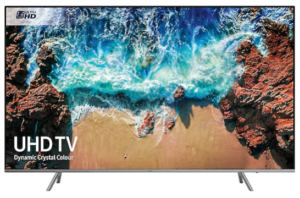

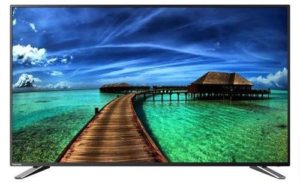
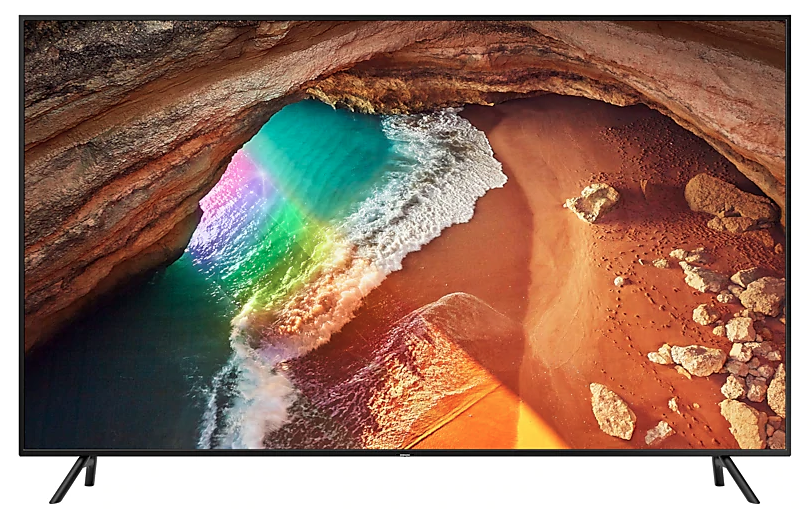

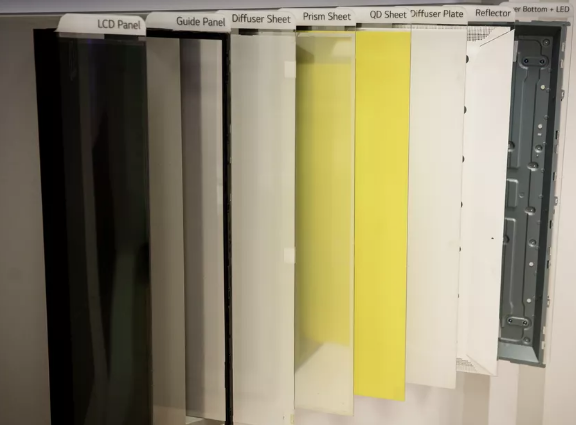



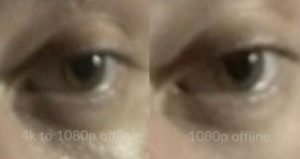
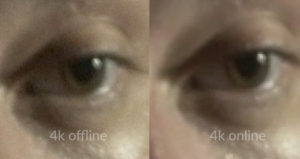



 One of our favorites - and also one of our best-selling players right now - is the LG BP300. This region-free model is a powerhouse of features and flexibility with an extremely agreeable price (under $150), making it an excellent choice for your home theater. Let's take a closer look at the BP300, it's options, and capabilities to give you a better idea of what you're getting for your money.
Streaming Media and Wi-Fi
The
One of our favorites - and also one of our best-selling players right now - is the LG BP300. This region-free model is a powerhouse of features and flexibility with an extremely agreeable price (under $150), making it an excellent choice for your home theater. Let's take a closer look at the BP300, it's options, and capabilities to give you a better idea of what you're getting for your money.
Streaming Media and Wi-Fi
The 

